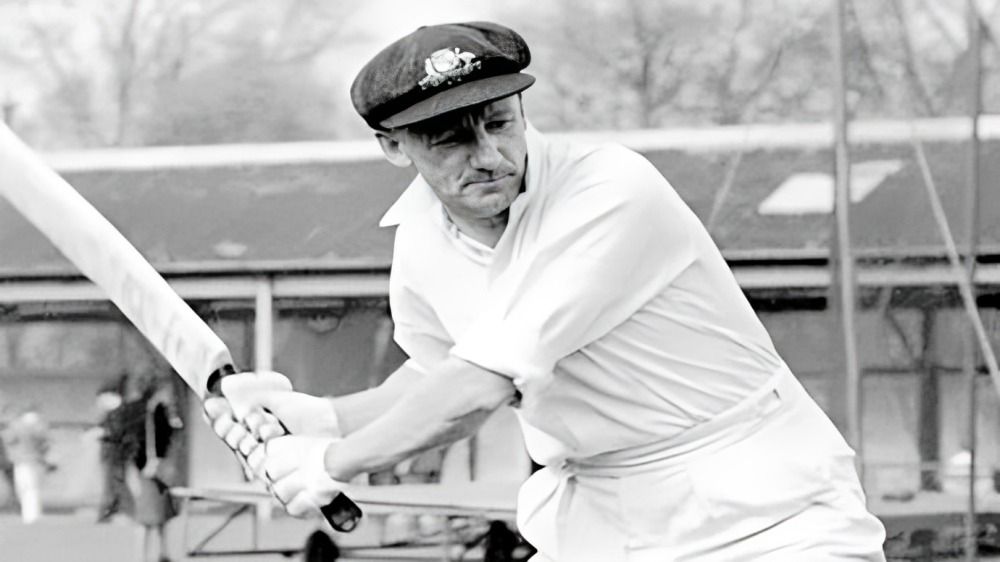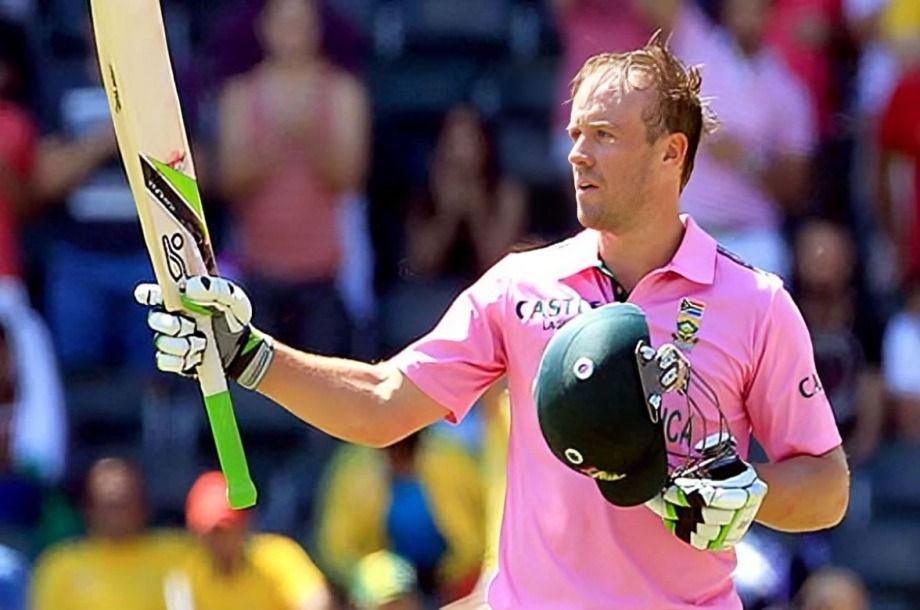
Test cricket, often hailed as the pinnacle of the sport, holds a special place in the hearts of cricket enthusiasts worldwide. This form of the game tests the skill, patience, and endurance of players over five long days, making it unique among other formats. In this blog, we dive into 20 Fascinating Facts About Test Cricket, revealing its deep history, memorable records, and the legendary players who have shaped its legacy. Whether you're a lifelong fan or new to the sport, these interesting insights will provide a fresh perspective on what makes Test cricket truly extraordinary. 1
Test cricket, the longest form of the game, tests players' skills over up to five days. Matches consist of two innings per team, requiring stamina, strategic thinking, and mental toughness. This format is the ultimate challenge in cricket. 2
The term "test match" was first used during England’s 1861–62 tour of Australia, originally meaning they tested themselves against the colonies. By 1892, it was revived to describe international cricket matches, shaping modern Test cricket. 3
The longest Test match in history lasted 12 days, played between South Africa and England in 1939. Known as the "Timeless Test," it ended in a draw due to the time constraints of the ship’s departure schedule. 4
Test cricket is typically played as a bilateral series in one country, with trophies like the Ashes (England vs. Australia). However, exceptions include the 1912 Triangular Tournament and the Asian Test Championship (1998–99 and 2001–02). 5
Test cricket requires teams to be adaptable to various playing conditions. Bowlers must adjust to different pitch types, while batsmen need to handle diverse weather conditions, making Test cricket a true test of adaptability and skill. 6
The record for the most wickets in Test cricket is held by Sri Lankan spin bowler Muttiah Muralitharan, who took 1,347 wickets across his career. His record underscores the importance of spin in Test cricket’s strategy. 7
The first-ever Test match was played between Australia and England in 1877 at the Melbourne Cricket Ground. This historic match set the stage for Test cricket’s rich tradition and evolution over more than a century. 8

Sir Donald Bradman, one of cricket’s greatest players, has a Test batting average of 99.94, the highest in history. His unparalleled consistency and skill set a standard that remains unmatched in the sport.
The record for the most catches in Test matches is held by Australian wicketkeeper Adam Gilchrist, with 416 catches. His exceptional reflexes and reliability behind the stumps are critical in Test cricket's demanding conditions. 9
Test matches can be drawn if the teams are unable to complete their innings or if neither team secures a lead. Drawn matches are common in Test cricket, highlighting the format’s emphasis on endurance and strategy. 10
The record for the most runs scored in a single Test innings by a pair is held by India’s V.V.S. Laxman and Rahul Dravid, who added 376 runs together against Australia in 2001, a record for the highest partnership. 11
The longest individual innings in Test cricket lasted 837 minutes, achieved by Hanif Mohammad of Pakistan against the West Indies in 1958. His marathon innings showcased endurance and concentration under extreme pressure. 12
Test cricket’s format has produced some of the most dramatic matches in sports history. The 2005 Ashes series, known for its thrilling encounters and nail-biting finishes, exemplifies Test cricket’s capacity for high drama and excitement. 13
The record for the most centuries in Test matches is held by Indian cricketer Sachin Tendulkar, who scored 51 centuries. His prolific batting career highlights the skill required to perform at the highest level consistently.14

The fastest century in Test cricket was scored by South Africa's AB de Villiers in just 31 balls against the West Indies in 2015. His rapid scoring highlights the evolving nature of Test cricket and players’ adaptability.
The longest continuous play in Test cricket, without interruption, lasted 79.5 overs, achieved in a single day during a match between England and Australia. This marathon session is a testament to the endurance and focus required in Test cricket. 15
Test cricket has seen some of the most iconic rivalries, with the Ashes series between England and Australia being the most celebrated. This historic rivalry has produced countless memorable matches and is a cornerstone of Test cricket's legacy. 16
In 1894, Clarence P. Moody, an Australian journalist, published the first-ever list of "Test" matches. His list, beginning with the 1877 MCG match, was embraced by England and helped define the official history of Test cricket matches. 17
A standard day of Test cricket has three two-hour sessions, with breaks for lunch (40 minutes) and tea (20 minutes). Sessions times can change due to weather or innings, and final sessions may extend for key moments or lost overs. 18
Test cricket’s format allows for the emergence of legendary performances. One such example is Sir Garfield Sobers’ six sixes in an over against Pakistan in 1968, a record that showcases extraordinary individual brilliance in Test cricket. 19